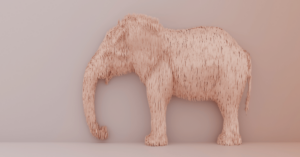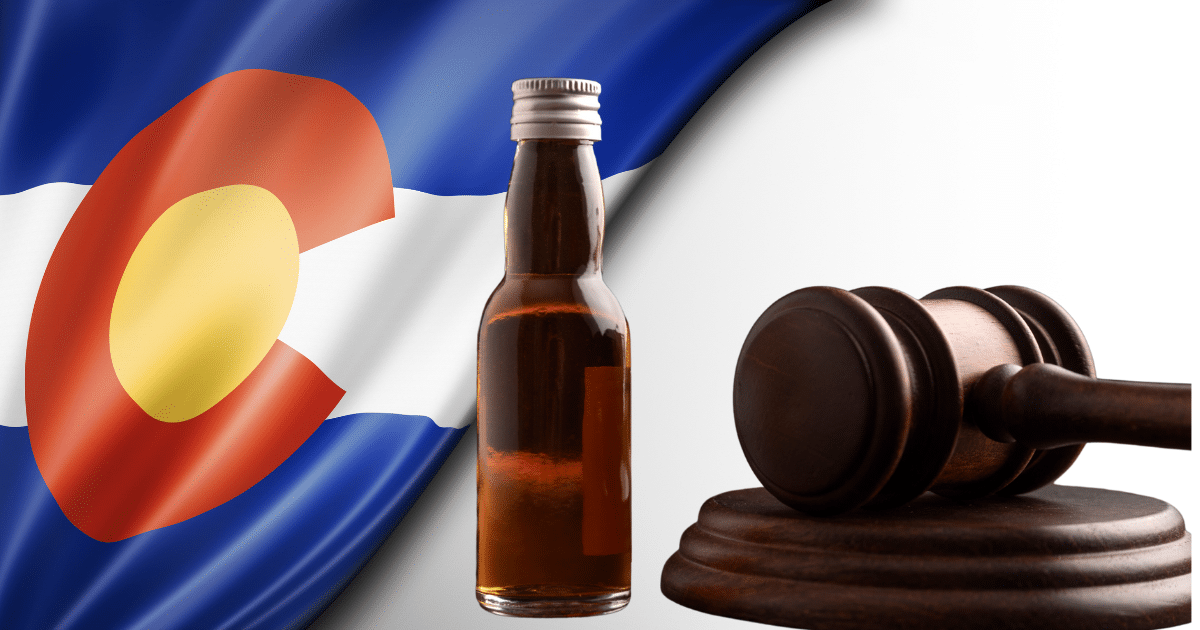Many people experiencing severe alcohol use disorder may be apprehensive of going into addiction treatment because they fear serious withdrawal symptoms. It’s a legitimate concern, least of all because of delirium tremens or the DTs. But not everyone who stops drinking experiences them. In fact, research shows most people won’t get the DTs. Still, it’s important to seek the help of medical professionals when detoxing from alcohol. Not only can they help you stay safe, but they can make withdrawal much more comfortable.
What Is Delirium Tremens?
Delirium Tremens (DTs) is a severe form of alcohol withdrawal, often causing symptoms that include tremors, sweating, nausea and agitation. The DTs can even include hallucinations. Medical science ascribes a range of disputed criteria to diagnosing someone with the DTs, though. That makes it hard to figure out how prevalent the DTs really are for withdrawal cases.
The DTs usually start about three days after someone with a severe alcohol addiction stops drinking. Withdrawal symptoms can last anywhere from one to eight days. However, it usually lasts only two or three. Between 1% and 4% of hospitalized patients with the DTs die according to the aforementioned study.
There’s no use sugarcoating it. The DTs are misery, but medical professionals like those on staff at Landmark Recovery can help mitigate your discomfort. It’s necessary because alcohol withdrawal syndrome is one of the most dangerous withdrawal syndromes to experience.
What Is Alcohol Withdrawal Syndrome?
The DTs themselves are not what’s clinically referred to as alcohol withdrawal syndrome. They’re just what’s widely considered to be the most severe part of it.
Alcohol Withdrawal Syndrome encompasses the entirety of what occurs after long-term excessive drinkers stop drinking. Part of what skews statistics like those already mentioned about DTs is that diagnosis of Alcohol Withdrawal Syndrome – and treatment thereof – are usually delayed until symptoms get super dramatic according to a European 2016 study published in Acta Neurologica Scandinavica.
Prolonged use causes people to become physically dependent on ethanol’s effect on the central nervous system. When that prolonged use stops abruptly, the body crashes. The general symptoms include anxiety, fast heart rate, mild fever, perspiration and vomiting. There can even be shaking before the actual DTs begin.
These, however, are all considered the less extreme segment of withdrawal. What follows is typically worse, and the tremors become an entirely different animal.
What are “Rum Fits?”
Rum Fits is a term used to describe seizures experienced during alcohol withdrawal. These intense seizures can result when someone has a high fever. Most DT-related deaths can be attributed to rum fits. They’re clinically called generalized tonic-clonic seizures according to a 2005 study published in Epilepsy Currents or grand mal convulsions. These are convulsions on par with those of epileptic seizures. They present with fevers, and the convulsions are violent enough to injure the patient if unchecked.
A 2006 study published in The American Journal of Psychiatry reviewed the medical charts of 200 patients from an alcoholic population who were admitted to a state mental hospital. They recorded one in 10 of them experiencing so-called rum fits.
That study investigated 16 bio-socio-psychiatric factors yet couldn’t figure out why some alcoholics in withdrawal experience rum fits while others don’t. Rum fits “are the most dramatic and dangerous component of the alcohol withdrawal syndrome,” per that 2005 study. They’re triggered by brain substrates in the brainstem, which isn’t the case for other clinically recognized types of seizures.
What Causes DTs?
Between 3% and 5% of those hospitalized for alcohol withdrawal can be diagnosed with the DTs right away, according to the 2014 Schuckit study. Schuckit added that retrospective reviews of medical charts suggest much higher rates than this but that they’re not confirmable.
A 2010 study published in Primary Care Companion to the Journal of Clinical Psychiatry demonstrated approximately how much drinking causes this. While this wasn’t the focal point off the study, a component of it involved observing 10 morphine abusers in recovery as they drank and then abruptly stopped drinking.
Four of those recovering morphine abusers drank 266-346 mL of 95% alcohol everyday for between seven and 34 days. When they stopped, they experienced mild withdrawal. The other six participants consumed 383-489 mL of 95% alcohol for 48 to 87 days straight before stopping abruptly. Their withdrawal symptoms all included shakes of some kind. Two of them developed rum fits, five had hallucinations and three had clinically diagnosed DTs.
This indicates that it likely takes at least more than a month of significant consumption.
Do DTs Cause Hallucinations?
Delirium Tremens can cause hallucinations. These can be visual, auditory or even tactile. When you hallucinate during the DT segment of alcohol withdrawal, people say you’re “seeing pink elephants.” It’s a colloquialism traditionally thought to have derived from several 19th- and 20th-century expressions including “seeing snakes in my boots” — a familiar refrain in the Toy Story series.
In other words, people experiencing DT hallucinations see, hear or feel things that aren’t real. You could also experience all three of these kinds of hallucinations. One might endure major perceptual disturbance like seeing bugs, snakes or mice that aren’t present. Their environments are believed to influence how their hallucinations take shape based on what facets of it they notice.
This is actually the aspect of the DTs most responsible for the “delirium” part of the condition’s clinical name. The other part (“tremens”) refers to the shaking and sometimes rum fits.
Medically Assisted Alcohol Detox
First and foremost, it’s important to understand that there’s no way to prevent withdrawal. Whether you’re in the hospital, a clinic or a Landmark Recovery facility, you can only treat the symptoms. That said, whether or not your symptoms are treated as they come makes all the difference in your withdrawal experience.
You should be sequestered in a sterile environment with neither too much or too little light. Your primary care provider can provide benzodiazepines, which medical science currently considers best for treating alcohol withdrawal. These chiefly include Chlordiazepoxide, Diazepam or Lorazepam.
If you’re contemplating confronting your addiction to alcohol, call our addiction specialists at 888.448.0302.

Choose Recovery Over Addiction
We're here 24/7 to help you get the care you need to live life on your terms, without drugs or alcohol. Talk to our recovery specialists today and learn about our integrated treatment programs.





